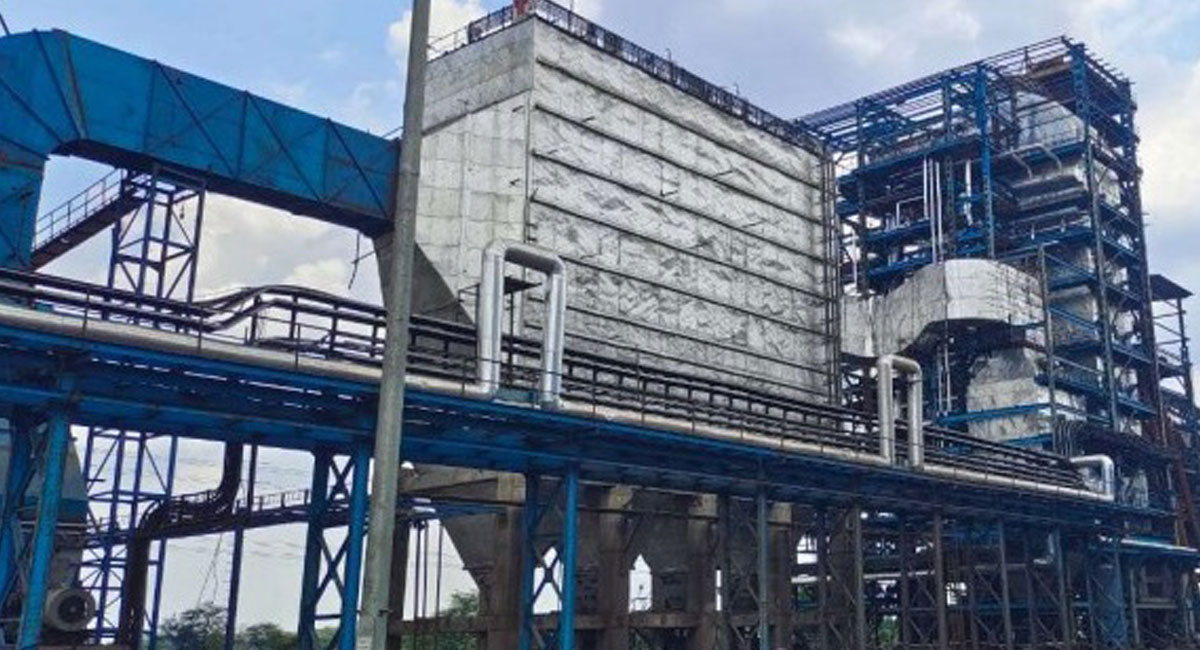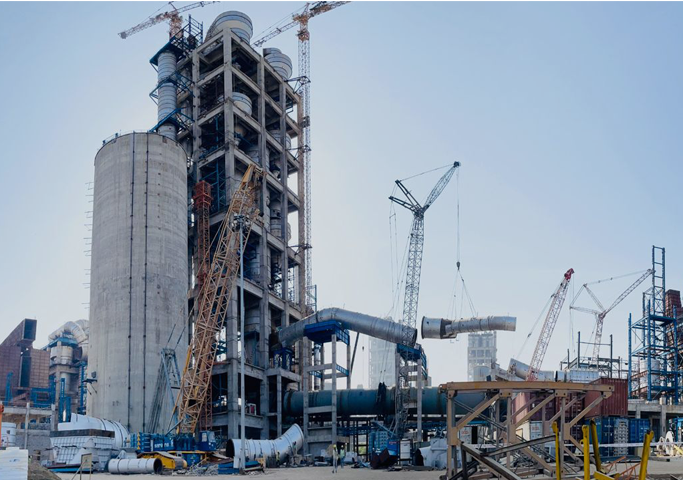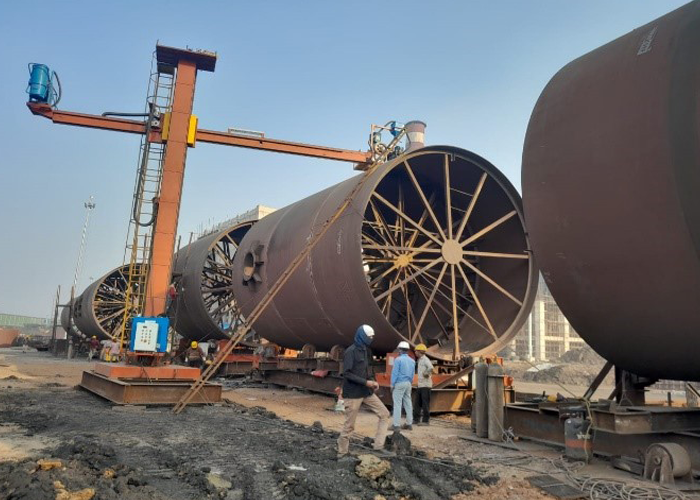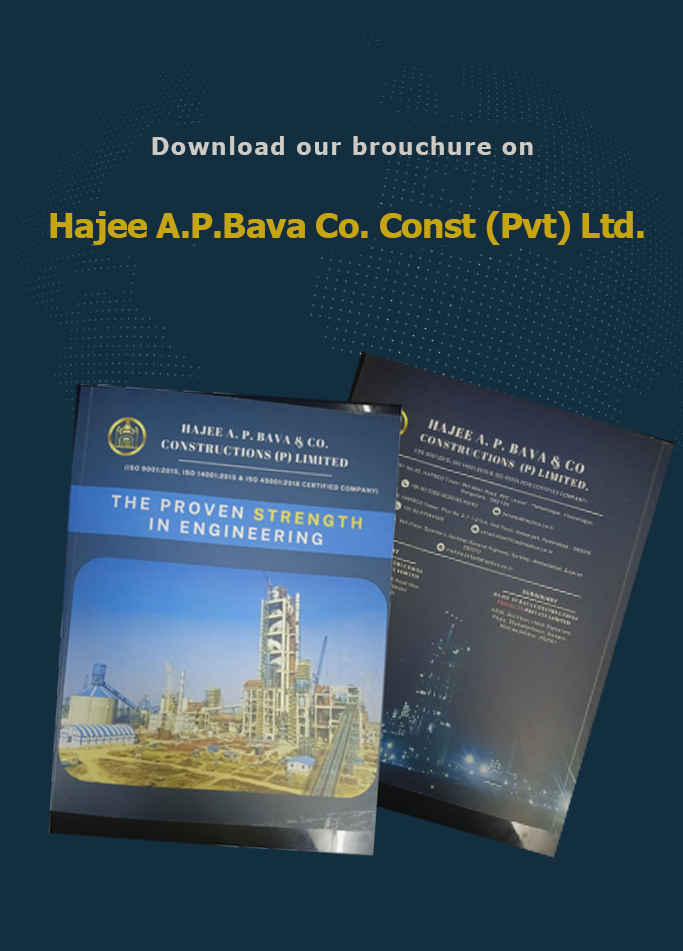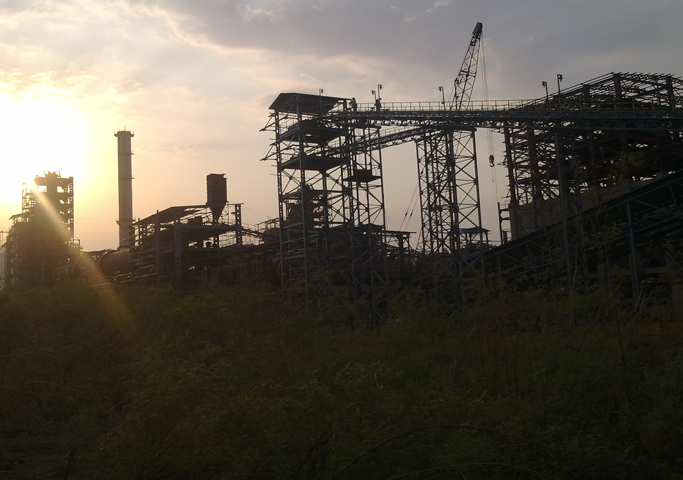Industrial infrastructure is at a turning point
With increasing environmental concerns and stringent regulations, the construction industry is shifting towards green and sustainable practices
Green construction is not just a trend; it is a necessity that improves efficiency, reduces carbon footprints, and optimizes resource usage
In industrial projects like cement and steel plants, green construction is playing a crucial role in reducing emissions and energy consumption while maintaining operational excellence
Green construction is not just a trend; it is a necessity that improves efficiency, reduces carbon footprints, and optimizes resource usage.
The Rise of Green Construction in Industrial Infrastructure
Industries such as steel and cement production have long been associated with high carbon emissions and energy-intensive processes. However, advancements in technology and a greater focus on sustainability are driving the adoption of eco-friendly construction techniques. From using alternative fuels in cement kilns to implementing energy-efficient building designs, industries are revolutionizing their approach to infrastructure development.
Key Trends in Green Industrial Construction
1. Sustainable Building Materials
Green construction emphasizes the use of materials that have a minimal environmental impact. Some key materials transforming industrial infrastructure include:
- * Fly Ash Concrete: Reduces reliance on traditional cement and enhances durability.
- * Recycled Steel: Lowers energy consumption compared to new steel production.
- * Precast and Prefabricated Structures: Minimize construction waste and improve efficiency.
- * Eco-Friendly Insulation: Materials like cellulose and hempcrete offer better thermal performance.
2. Energy-Efficient Infrastructure Design
Modern industrial plants are integrating energy-efficient designs to lower operational costs and carbon footprints. Key strategies include:
- * Optimized Ventilation and Natural Lighting: Reducing dependency on artificial cooling and lighting systems.
- * Reflective Roofing and Wall Coatings: Minimize heat absorption, lowering cooling needs.
- * Energy-Efficient HVAC Systems: Reduce energy wastage and improve workplace comfort.
3. Waste Heat Recovery Systems (WHRS)
In industries like cement and steel manufacturing, a significant amount of heat energy is wasted during production. Waste Heat Recovery Systems (WHRS) help capture and reuse this energy, leading to:
- * Lower energy costs by utilizing waste heat for power generation.
- * Reduced emissions through improved thermal efficiency.
- * Enhanced sustainability by optimizing resource utilization.
4. Renewable Energy Integration
Many industrial infrastructure projects are now integrating renewable energy sources to reduce reliance on fossil fuels. Some common implementations include:
- * Solar Panels: Powering auxiliary operations and reducing dependency on grid electricity.
- * Wind Energy: Supplementing energy needs in remote industrial locations.
- * Biomass and Alternative Fuels: Using agricultural and industrial waste for energy generation.
5. Water Conservation and Management
Industrial plants require vast amounts of water for processes like cooling, cleaning, and manufacturing. Green construction emphasizes efficient water management through:
- * Rainwater Harvesting Systems: Reducing dependency on external water sources.
- * Zero Liquid Discharge (ZLD) Systems: Recycling and reusing wastewater to minimize pollution.
- * Water-Efficient Fixtures and Processes: Optimizing consumption through advanced technology.
6. Digitalization and Smart Technologies
With the rise of Industry 4.0, digital technologies are playing a crucial role in making industrial infrastructure greener. Key innovations include:
- * AI and IoT-Enabled Monitoring Systems: Providing real-time data on energy and resource consumption.
- * Building Information Modeling (BIM): Enhancing planning efficiency and reducing construction waste.
- * Automated Construction Methods: Improving precision, reducing errors, and optimizing material usage.
Challenges in Adopting Green Construction for Industrial Projects
Despite its numerous benefits, green construction faces certain challenges:
- * High Initial Costs: Sustainable materials and technologies often require higher upfront investments.
- * Regulatory Hurdles: Compliance with evolving environmental norms can be complex.
- * Limited Availability of Eco-Friendly Materials: Some sustainable materials are not widely available in all regions.
- * Need for Skilled Workforce: Implementation of advanced green technologies requires specialized training and expertise.
The Future of Green Industrial Infrastructure
As industries worldwide push towards sustainability, green construction will become the norm rather than an exception. Government incentives, carbon credit programs, and increasing investor focus on ESG (Environmental, Social, and Governance) factors will accelerate adoption.
Industrial construction companies that embrace green technologies today will lead the industry tomorrow. By integrating sustainable materials, energy-efficient designs, and smart technology, the future of industrial infrastructure will be smarter, cleaner, and more efficient.
Conclusion
Green construction is not just reshaping the way industrial plants are built; it is transforming the entire infrastructure ecosystem. Companies that invest in sustainable practices today will not only reduce operational costs but also future-proof their projects against stringent environmental regulations. As green construction continues to evolve, it will pave the way for a more resilient, efficient, and environmentally responsible industrial sector.

